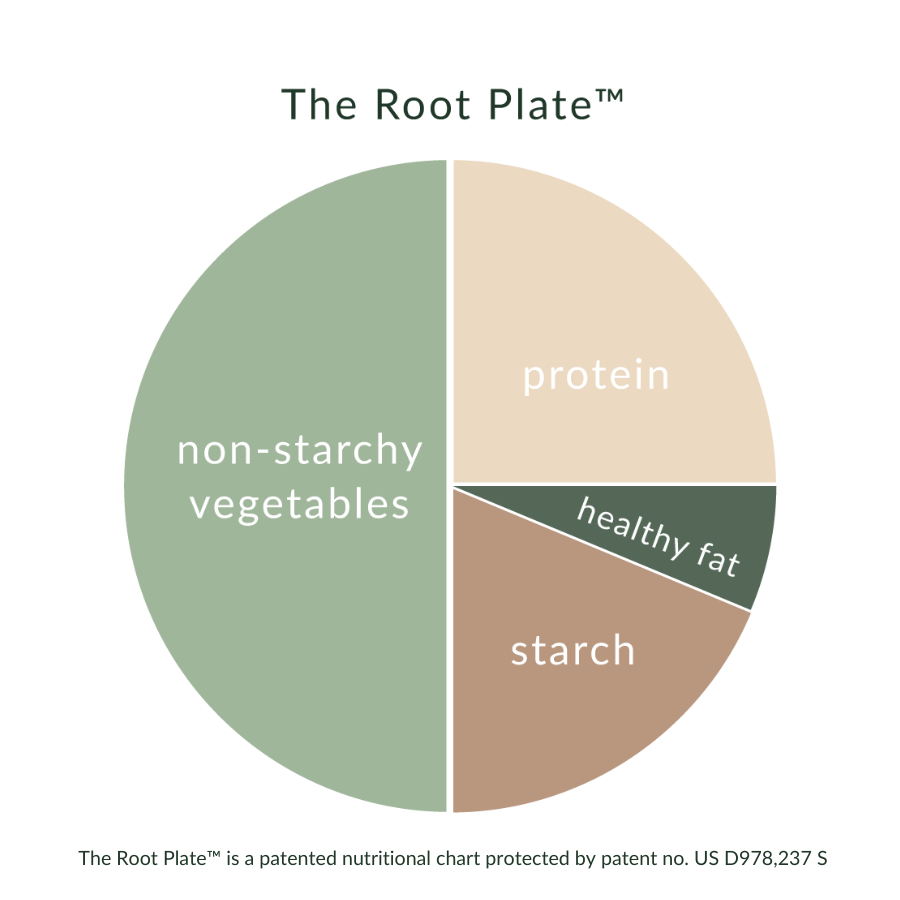
Hashimoto's Brain Fog
Hashimoto's disease has become increasingly prevalent, affecting millions of people worldwide. Among the symptoms associated with Hashimoto's, one of the most challenging and frustrating is brain fog. In this article, we will explain possible root causes of brain fog related to Hashimoto’s and suggest interventions you can take to alleviate this symptom.
What is Hashimoto’s?
Hashimoto's disease is an autoimmune disorder where the immune system mistakenly attacks the thyroid gland. This attack leads to inflammation and compromises the thyroid's ability to produce hormones essential for metabolism, energy levels, and overall well-being.
The resulting damage from Hashimoto’s prevents the thyroid from producing adequate levels of thyroid hormones, leading to a more well-known condition known as hypothyroidism. Read more about symptoms, diagnosis, and our functional medicine approach to treating Hashimoto’s.
What Causes Hashimoto’s Brain Fog?
Brain fog is a term used to describe a group of symptoms characterized by memory lapses, difficulty concentrating, forgetfulness, and general feeling of mental fogginess. Unfortunately, brain fog may persist after the other symptoms of hypothyroidism resolve on conventional thyroid hormone therapy.
The exact mechanisms linking Hashimoto's and brain fog are not fully understood, but several factors may contribute to this symptom.
Thyroid Hormone Imbalance
Hashimoto’s is the most common cause of hypothyroidism in the United States. The conventional treatment for hypothyroidism caused by Hashimoto’s is a thyroid hormone replacement medication.
When diagnosing hypothyroidism, your doctor will likely look at two blood tests called TSH and T4. The conventional range for a normal TSH is about 0.5 - 4.5 mIU/L. However, most functional medicine doctors prefer a narrower and more optimal range for TSH of 1.0 - 2.5 mlU/L. If your levels are higher than this optimal range, your brain fog may be due to an ongoing thyroid hormone imbalance known as subclinical hypothyroidism. Furthermore, some people may have normal T4 and TSH levels, but continue to suffer from hypothyroid symptoms due to poor conversion of T4 into T3.
Poor Gut Health
An imbalance in the gut microbiome, known as dysbiosis, has been linked to autoimmune diseases like Hashimoto's. Dysbiosis can then cause or worsen other gut conditions, like leaky gut, food sensitivities, and inflammation.
A compromised gut can also impact the absorption of essential nutrients, including those necessary for thyroid function. Nutrient deficiencies, such as low levels of selenium, iron, vitamin D, and zinc, may exacerbate Hashimoto's brain fog and contribute to thyroid dysfunction.
How to Treat Hashimoto’s Brain Fog
Functional medicine takes a holistic approach to address the root causes of health issues. Here are some functional medicine treatments that may help reduce or eliminate brain fog in people with Hashimoto’s.
Optimize T4 to T3 Conversion
Your body must convert the thyroid hormone T4 into T3 (the active form) in order to use it. Here are a few top tips to optimize thyroid hormone balance:
- Reduce stress levels
- Eat foods rich in zinc and selenium, like oysters, beef, pumpkin seeds, brazil nuts, and fish
- Follow an anti-inflammatory diet by filling your plate with various colorful fruits and vegetables.
- Optimize gut health by prioritizing fiber-rich foods into your diet like fruits, vegetables, and whole grains
Physical Activity
Directly, exercise offers benefits by improving blood flow to the brain, reducing inflammation, and triggering the release of growth factors. These chemicals play a crucial role in maintaining the health of brain cells and supporting the survival of new ones. On an indirect level, exercise positively impacts mood, sleep quality, and stress levels, while reducing anxiety. Issues in these areas often serve as culprits or contributors to brain fog as well.
Start by introducing short, manageable sessions of exercise, such as 15-20 minutes of brisk walking, two to three times a week. Gradually increase the duration and intensity as your stamina improves, making it easier to integrate regular exercise into your weekly routine without feeling overwhelmed.
Optimize Gut Health
As mentioned before, compromised gut health is a leading cause of Hashimoto’s brain fog. There are a few lifestyle factors you can implement today to improve the health of your gut:
- Aim to eat at least 25-35 grams of fiber per day. Examples of high fiber foods include berries, apples, broccoli, quinoa, oats, and beans.
- Limit added sugar, which feeds the unhealthy bacteria. The top sources of added sugar in the American diet are sugar-sweetened beverages, desserts, and sweet snacks.
- Get outside. Enjoying nature exposes you to a diverse range of beneficial bacteria that can benefit your gut health.
We see significant symptom improvement in our members who follow a gut healing protocol. Our Gut Health Bundle includes our top three supplements that mimic our functional medicine gut health protocol by removing gut infections or dysbiosis, replacing missing nutrients, repairing the gut lining, and reintroducing healthy gut bacteria.
Gut Health Bundle
Our 3 most popular gut health supplements, bundled together for a 10% savings.
$182.00
Balance Blood Sugar
Fluctuations in your blood sugar levels can cause or worsen brain fog. You can support healthy blood sugar levels and prevent these dramatic fluctuations by following our PFC Root Plate™ method. In this method, you aim to include a protein, fat, and fiber-rich carbohydrate with each of your meals and snacks. For example, instead of having coffee and toast for breakfast, you would have two eggs (protein), sliced avocado (fat), and whole grain toast (carbohydrate). This not only supports blood sugar balance but can also reduce cravings throughout the day.

Key Takeaways
Hashimoto’s brain fog is a frustrating symptom that impacts quality of life. Many people continue to experience this symptom even after conventional treatment. Main causes of brain fog are thyroid hormone imbalance and poor gut health. A comprehensive approach to treating brain fog may include optimizing T4 to T3 conversion, implementing physical activity, following a gut health protocol, and balancing blood sugar levels.
Want to get to the root cause of your brain fog? Learn more about working with our functional medicine team.

A New Way to Access Functional Medicine
Order your own labs and get the support you need. With Root Access, taking charge of your health through a root-cause, data-driven approach has never been easier.
Become an Access Member
Related Articles

Supplements for Hashimoto's
A look at the best supplements for Hashimoto’s including zinc, selenium, antioxidants, vitamin D, and probiotics.

Hypothyroidism and IBS
If you have IBS, you may be more likely to also have hypothyroidism. One small study found that 19 percent of people with IBS also had a thyroid disorder.
